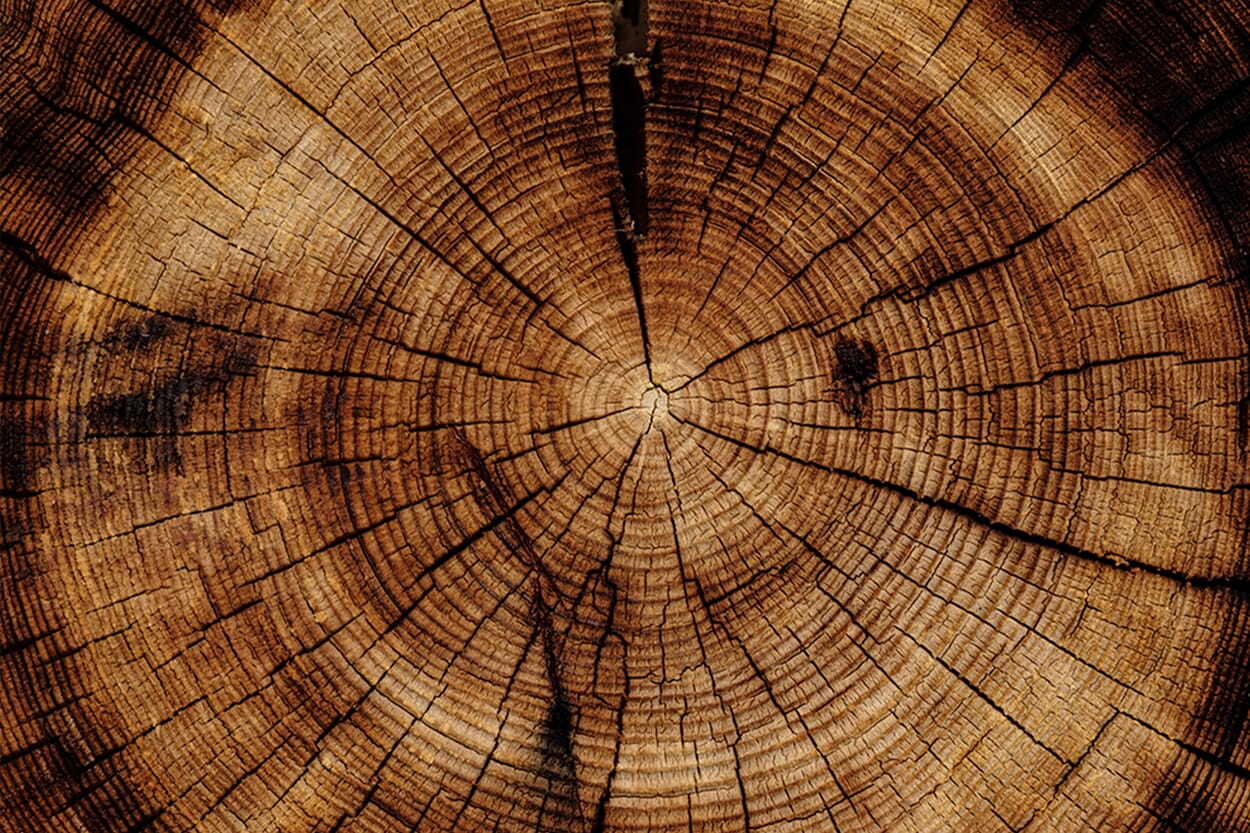Cloudy warmth from the north
Everything made in Norway: Røros Tweed not only has its own spinning and weaving mill - the traditional family business also uses wool from local sheeps for its textiles. In collaboration with designers, Røros produces internationally sought-after wool blankets and cushions.
Text: Bettina Homann
A leafy green rectangle. Next to it a larger one, blue like the sea in the late afternoon. In between, an area in which the two colors are interwoven in a zigzag pattern. Above it, a light gray rectangle, a poisonous green, an icy blue. The wool blanket looks like a bird's eye view of a landscape. Spread out over the back of the sofa, it is like an abstract painting, a special accent in the room. And it is voluminous and warm. If you put it around your shoulders, you feel the gentle pressure of its weight like a reassuring embrace. It provides warmth on cold winter days and comfort when you long for the colors of summer.
The blanket is a product from the collection of the traditional Norwegian company Røros Tweed, based in the small town of Røros in the Trøndelag region in the middle of Norway. The blankets, seat cushions and cushion covers from Røros are available in over 25 countries worldwide, wherever Nordic design and quality are in demand. Since 2018, they have also been part of the MAGAZIN range, with steadily growing sales figures. "We are the last of our kind," says Øystein Digernes. "Norway has a long tradition of textile processing, and there used to be many companies. Today, only we are left. That's why we see it as our job to preserve the know-how and tradition." The 36-year-old with a three-day beard is the third generation to run the company together with his father Arnstein.
The company, which has the term "tweed" in its name, although it has not been producing tweed for a long time, but lighter, softer wool fabrics, can look back on a long history. It begins in the 18th century with the will of Peder Hiort, director of the local copper mine. He died childless and stipulated that his fortune should benefit the poor. He stipulated that his money should be used to buy wool and distribute it to the inhabitants of Røros. They used it to make textiles, which were bought from them and then redistributed to those in need. The Hiort Foundation is still regarded as a very intelligent social idea today. "The beginnings of our company go back to the time before the money flowed into Norway with the oil," says Øystein Digernes. "The people here were very poor."
You don't need much imagination in Røros to transport yourself back to its past as a mining town. The old copper smelter can be seen in the museum, there are spoil tips and the workers houses are just as they used to be. Windswept little houses made of wooden beams darkened by the weather with mullioned windows in red window frames. Grass grows on some of the roofs. Mining shaped the village for 333 years until the last mine was closed in 1977. The well-preserved wooden houses from the 17th and 18th centuries, with partly dark and partly colorful facades, are the reason why the town of 5,000 inhabitants was declared a UNESCO World Heritage Site in 1980. Tourists stroll through the small streets and visit the famous Bergstadens Ziir church - also donated by the charitable Peder Hiort. Especially in the winter months, when horse-drawn sleighs glide through the deep snow and candles are lit in the windows, the town exudes a fairytale atmosphere.
Then it gets really cold. "Røros is one of the coldest places in Norway," says Digernes. "So it's no wonder that wool clothing was made here." However, wool plays a major role throughout Norway. Sheep farming and wool processing date back to the Viking Age. It is estimated that the first sheep came to Norway more than 6,000 years ago. They live freely in nature, have lots of space and plenty of grass, and the climatic conditions ensure that their wool remains free of parasites and is also very resilient and elastic. This elasticity ensures the special quality of Røros products. Blankets or seat cushions "fluff up" again after use and remain fluffy.
All work steps under your own control: from spinning the yarn to weaving the textiles
The third generation: Managing Director Øystein Digernes
The blankets and cushions feature bold colors and graphic patterns
Øystein Digernes' grandfather Erling was already a specialist in "white gold". He founded a spinning mill in Rauma, 300 kilometers west of Røros. Despite being bombed during the Second World War, Rauma Ullvarefabrikk flourished in the 1960s under the leadership of Øystein's father Arnstein, a textile engineer and wool expert. At the same time, Røros Tweed, which emerged from Peder Hiort's foundation, was struggling to survive. "When they were on the verge of bankruptcy, they asked my father if he wanted to take over," says Øystein Digernes. He wanted to and led the company to success. The yarn is still spun in Rauma and woven in Røros. The weaving process is now largely digitalized. "However, the craftsmanship is still needed," says Øystein Digernes. "That's why we have developed training programs for our employees. It pays off, we have great people who do a great job."
In addition to the quality of the craftsmanship, it is above all the design that makes Røros Tweed unique. All-round talent Kristine Five Melvær has been with the company for many years with her geometric designs, as has the designer duo Anderssen & Voll, who are important partners not only for design but also for weaving processes with their expertise. The designs range from classic to playful. There is even a blanket with a sheep - a tribute to the animal without which the company would not exist. "The adjective that best describes our design is timeless," says Digernes. "It's always about staying true to our heritage and interpreting it in a contemporary way."
A sustainable approach that characterizes many family businesses. For Øystein, it was clear from an early age that he wanted to follow in his father's footsteps. "I always admired my father. Watching him was the most important part of my education. The company was always a kind of extension of our home, somehow I was always there." He learned common sense and hard work from his father. "Even today, at 80 years old, he is still the one who works the hardest," says Digernes. A certain thriftiness and appreciation for the raw materials have also shaped him. "People always come and ask if they can have our waste. But we don't have any, we don't throw anything away. We have always done it this way, but today it has become very relevant."
Pictures: Roro's place: iStock by Dmitry_Chulov; Factory employees: © Røros; Sheep: @hildekvivikkavli; weaving machine: @hildekvivikkavli; blanket MIKKEL: Inger Marie Grini; portrait Øystein Digernes: © Røros; loom: @hildekvivikkavli, ov
All products from Røros Tweed
More design from the north
Ifö Electric actually specialized in fuses - until Anders Öringe took over. Today, the company from the south of Sweden manages the balancing act between tradition and modernity with its porcelain lights.
Wood is the material of the moment, promising climate-friendly growth without regrets. But how did this commonplace material become the ultimate beacon of hope in such a short space of time? And what are the consequences when a slow-growing resource is suddenly in such high demand?

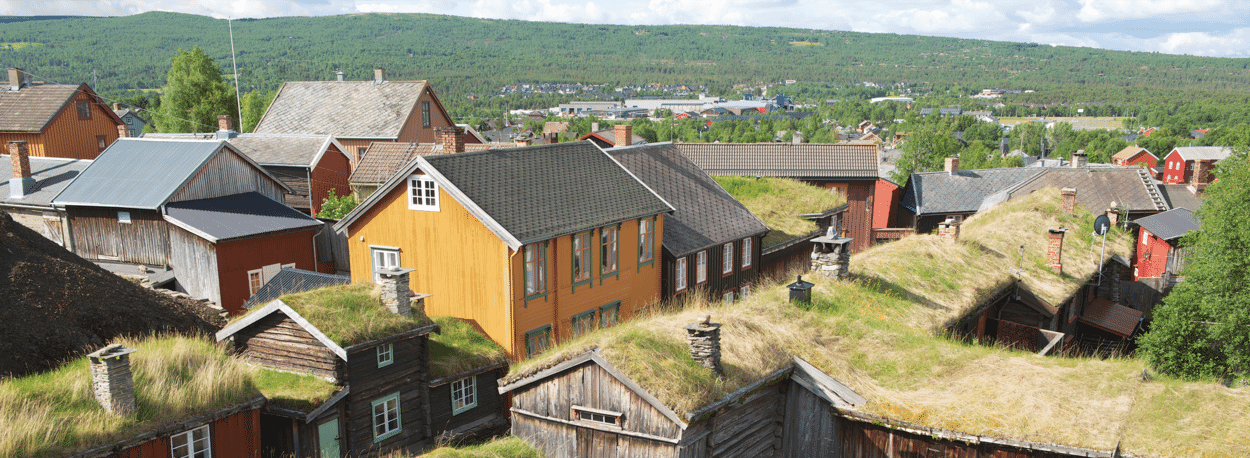

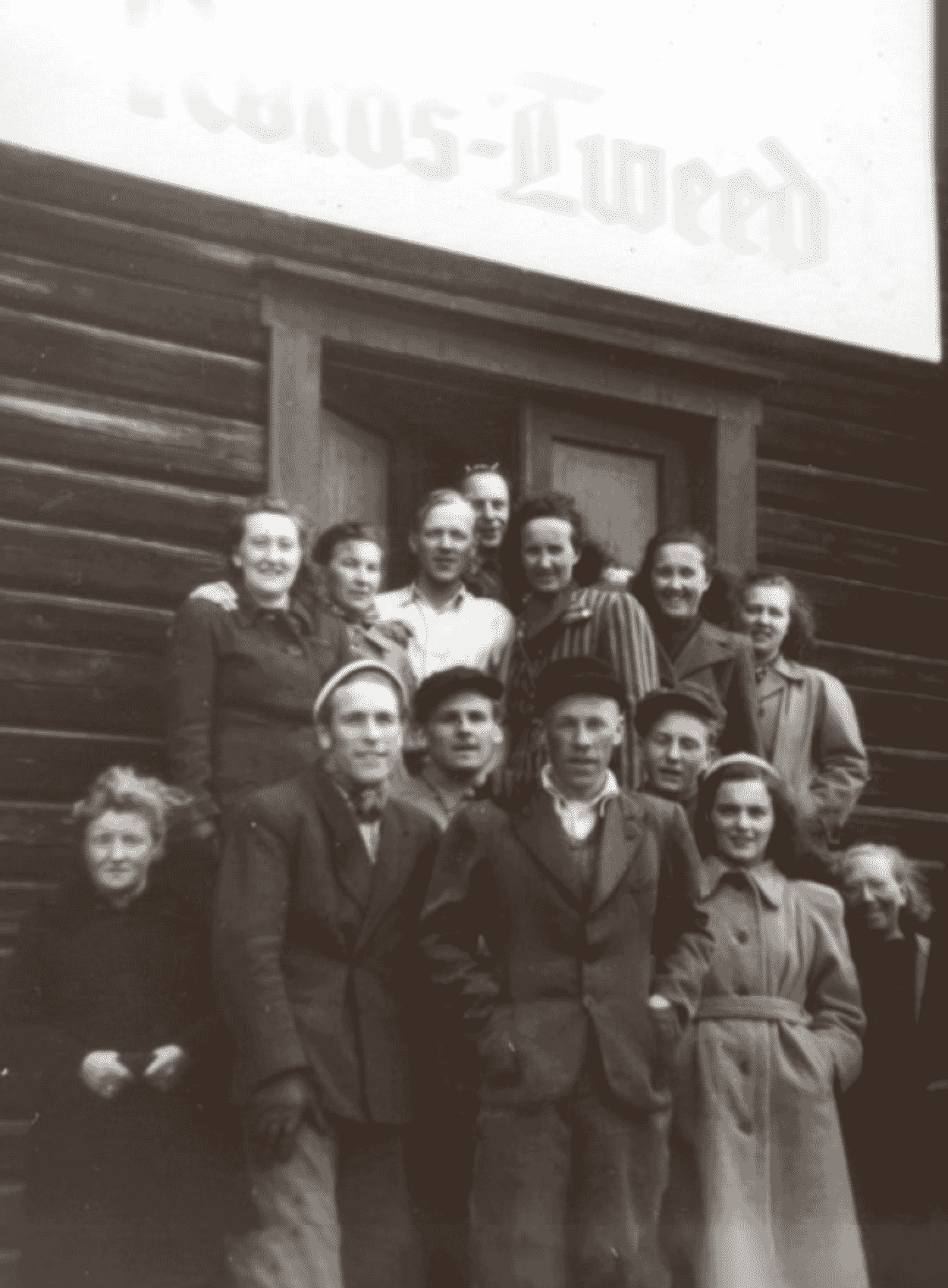

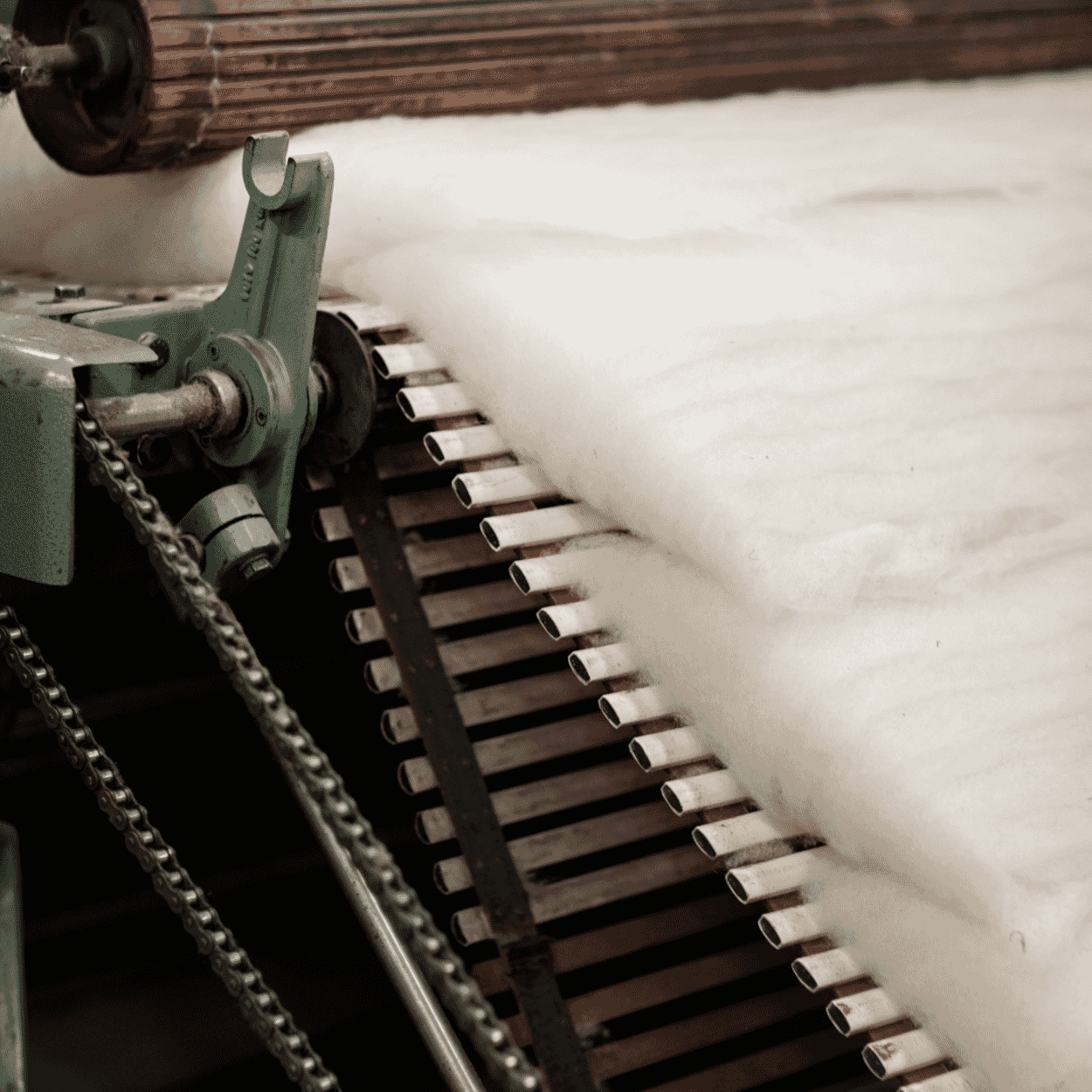

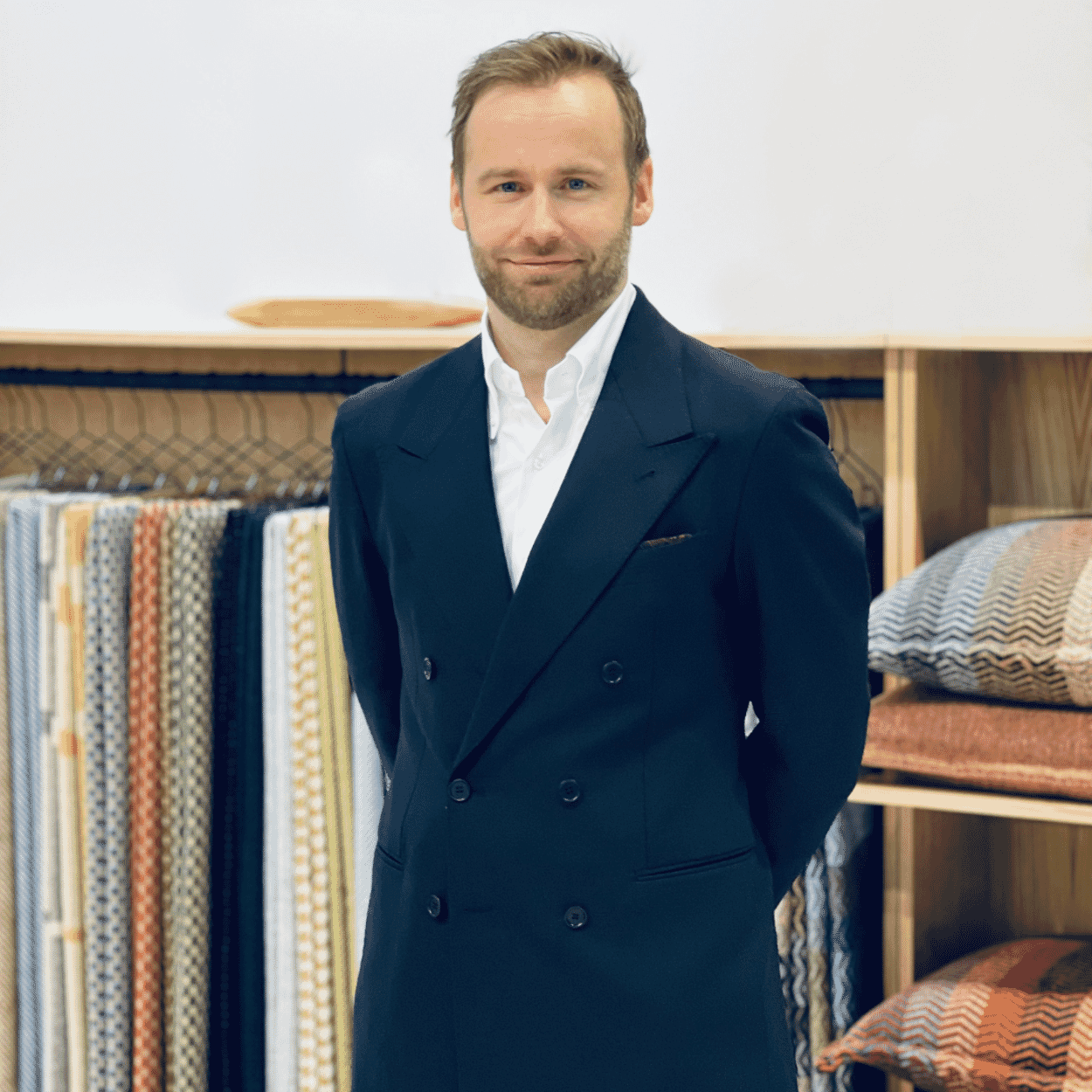

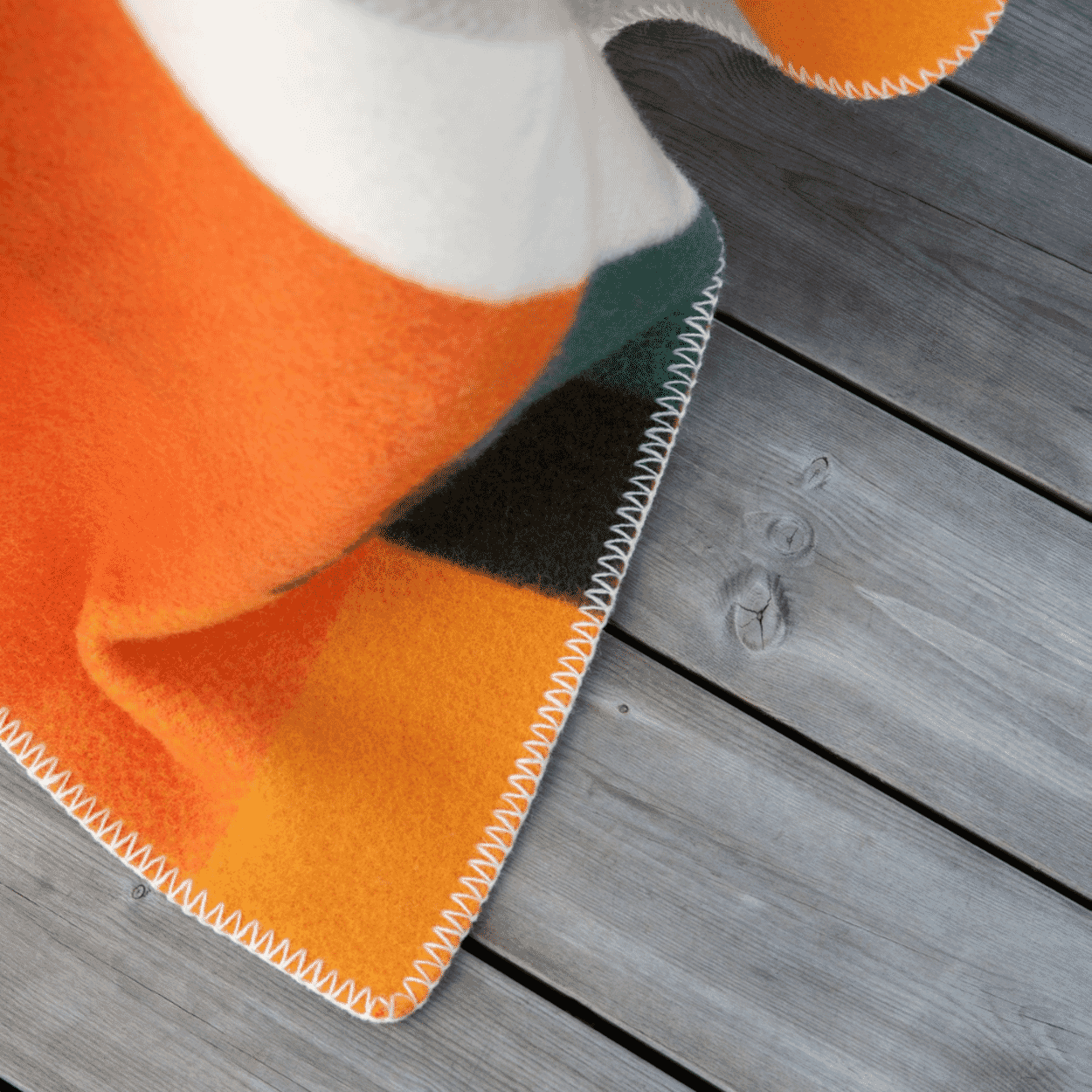
.png?profile=kurator_32)
.png?profile=kurator_1250)

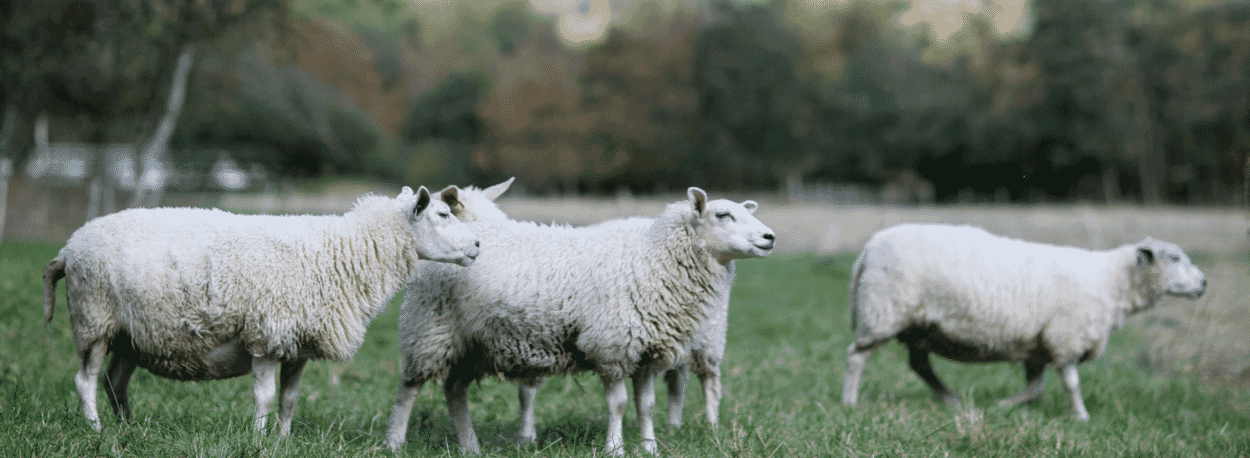

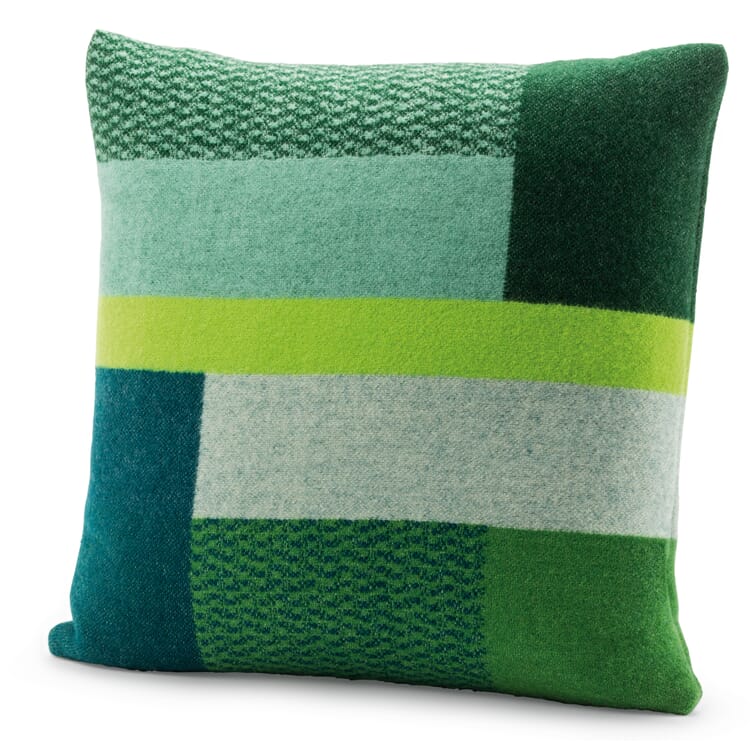









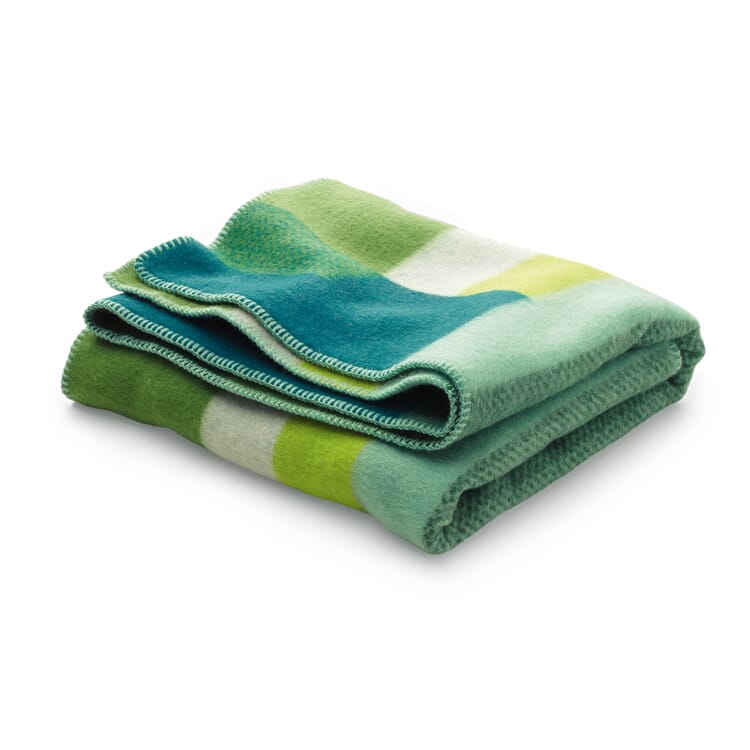

































.png?profile=kuratorteaser_32)
.png?profile=kuratorteaser_1250)

